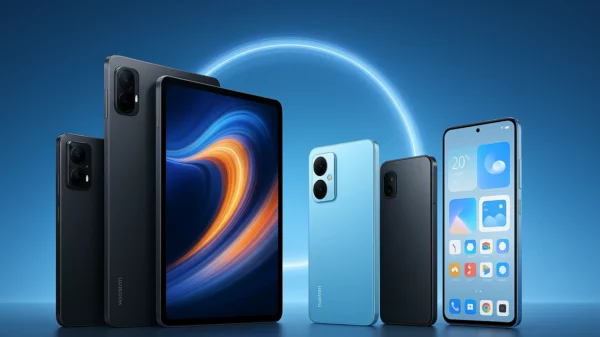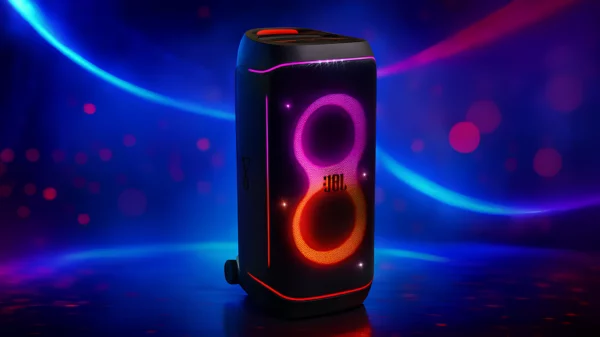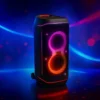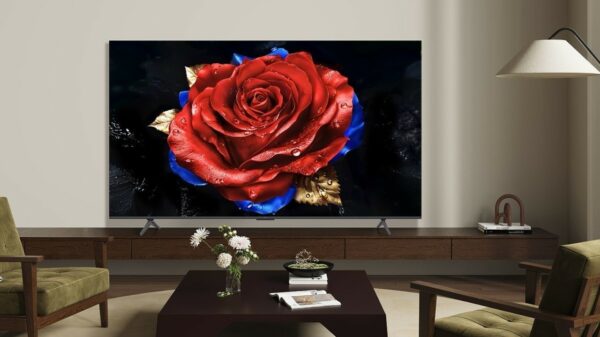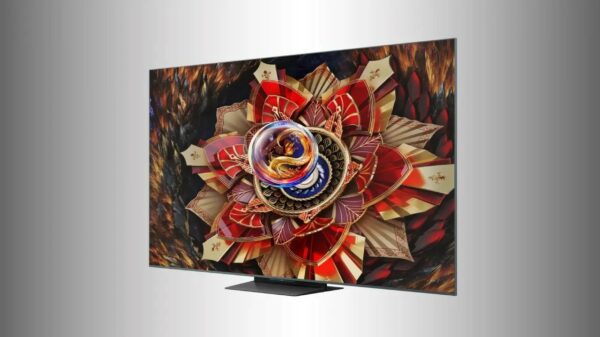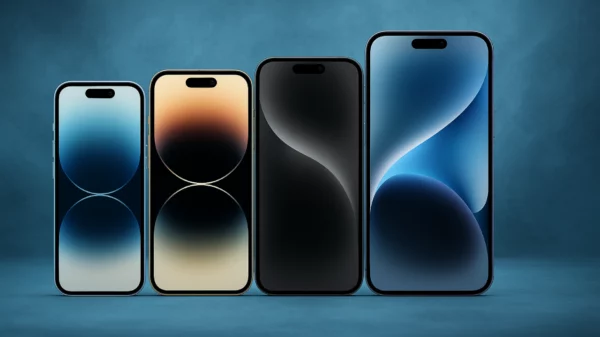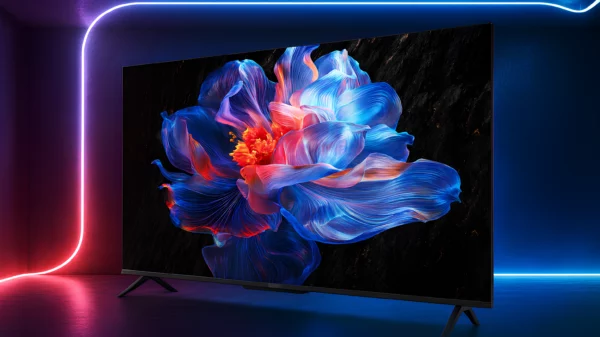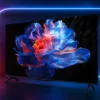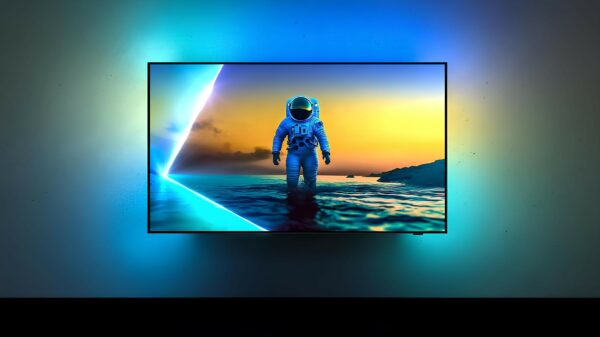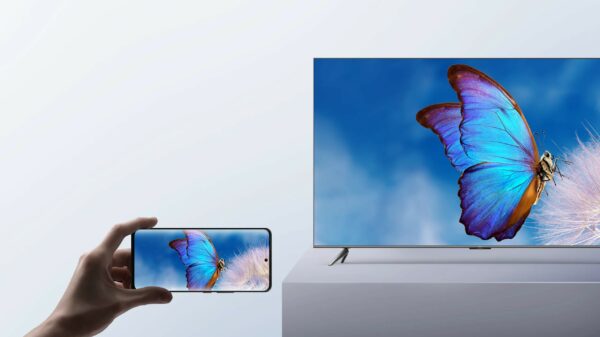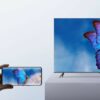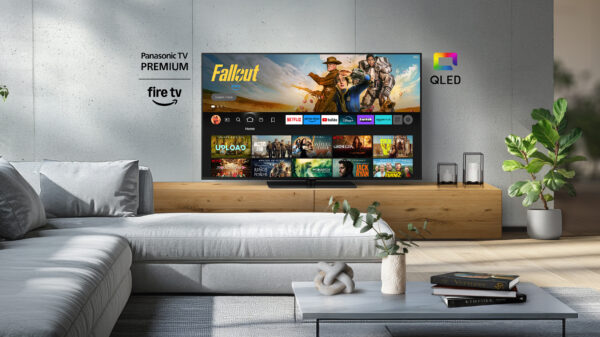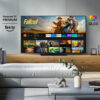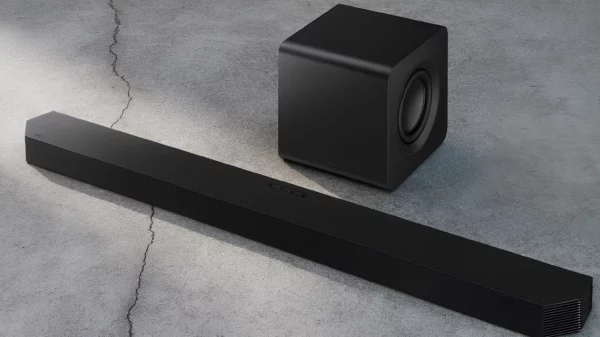Today, any smartphone can be used as a network player – install the application, subscribe to music streaming and shoot sound in any way: either by analogue on headphones, or via Bluetooth, or via USB to a “large” system. But there is a much more correct and audiophile solution. And it will cost no more than a smartphone.

The trend of combining various functions into one smart device has gained tremendous strength in the world. And it seems to many that smartphones will soon replace all other electronics, because it is so attractive to replace a whole mountain of individual devices with one gadget. But in reality, their multitasking sometimes goes sideways. Here’s an elementary everyday situation for you: you are driving a car following the prompts of the navigator in your smartphone, and at the same time you are listening to your playlist in Spotify from it. Isn’t it cool? But there is a phone call that you cannot reject. The music cuts off, the map and navigation pointers disappear from view at the most inopportune moment, and all the vaunted smart multitasking is narrowed to telephone chatter.
It is for this reason that I made it a rule to connect a separate smart to the car system, which I also found use at home – through it I listen to music by subscription through a microsystem in the kitchen that does not have a streaming connection. But I would not hesitate to prefer a separate device for streaming broadcasters instead – preferably with a good audio path, with built-in file storage and minimal UPnP / DLNA networking functionality.
And this already exists. Here, get acquainted: Cocktail Audio N15D. It looks like a compact DAC with a headphone amplifier (the device has its own volume control and a socket for a 6.3 mm jack). However, it has no analog inputs. It can receive a music signal either directly from a computer via USB Type-B, or from flash drives connected to USB Type-A sockets, or from an internal storage (a compartment for installing a 2.5-inch SSD or HDD is provided), or from a home network storage. No smart will offer you so many “ors”. In addition, this entire arsenal is supplemented by specialized software for direct connection to streaming networks (the list of supported ones already includes Spotify, Deezer, Tidal, Napster, Qobuz, HighResAudio, Airable / TuneIn, Amazon Music …).

Last but not least, the signal output to the N15D is represented not only by the headphone jack on the front panel. At the back there is a stereo RCA pair (with increased output voltage, by the way!), Coaxial SPDIF and optical TosLink.
At the heart of this smart streamer / DAC / amplifier from South Korea is a gigabyte NIC, a high-performance Dual Core ARM Cortex A9 processor (clocked at 1 GHz) and a 32-bit Saber ES9018K2M DAC. The N15D “disk” interface recognizes not only drives with standard FAT file systems, but also NTFS, HFS + and Linux EXT4. The built-in audio file player can also be called universal. It supports all popular lossy and lossless formats, decodes MQA, plays traditional uncompressed WAV / AIFF.
The manufacturer does not name the amount of RAM, but it will definitely not become a bottleneck when working with resource-intensive DXD 32-bit / 384 kHz or DSD 256 audio content (by the way, the output of a single-bit stream to digital outputs is done via DoP conversion). It is also stated that the device is prepared for wireless connection via AirPlay, has everything you need for Google Cast and can also work in the Roon core. It seems to me that this is already quite enough for a device with a price of about 60,000 dollars, but it can be purchased even a little cheaper if you contact the dealer of American Peachtree audio equipment and take it complete with the Nova 150 integral . In this case, a streamer will cost no more than a Bluesound Node 2i multiservice musical “soap box”.
Someone would argue that the design of the Korean streamer does not fit the Nova 150, and its capabilities are redundant, since the DAC, telephone output and volume control are duplicated. On the other hand, just the “extra” functionality of the N15D will become a significant advantage in the further sale of the device, if you want to change it to an even more serious source. And in fact, you get two self-sufficient systems at once, which do not have to be placed in one rack. The set-top box, for example, can be hidden altogether, since it does not have a display and is fully controlled via the MusicX Neo mobile application.
It is even more logical to install a streamer somewhere in the desktop area near a computer or laptop in order to use it as a handy headphone amplifier, and output the signal to the main system via analog, coaxial line or optics.
Now let’s check which connection method is better.
From the RCA outputs, the N15D sounds so loud and dynamic that it can overload the input stages of the next component in the path. This is exactly what happened when we connected the streamer to the Nova 150 analogously as a regular line source with a fixed level. Nothing dramatic happened – just overtones appeared in the sound. The Peachtree is rated to handle an input signal up to 3.7 volts RMS, while the N15D is rated at 4.5 volts at full output.

But this problem can be solved simply: in the streamer settings, which opens through the MusicX Neo application, you should turn on the regulated output and use only the first 50% of the volume (you can also set the maximum level limit). If this condition is met, then the sound will become noticeably clearer not only in the most “loaded” low register, but also at the top.
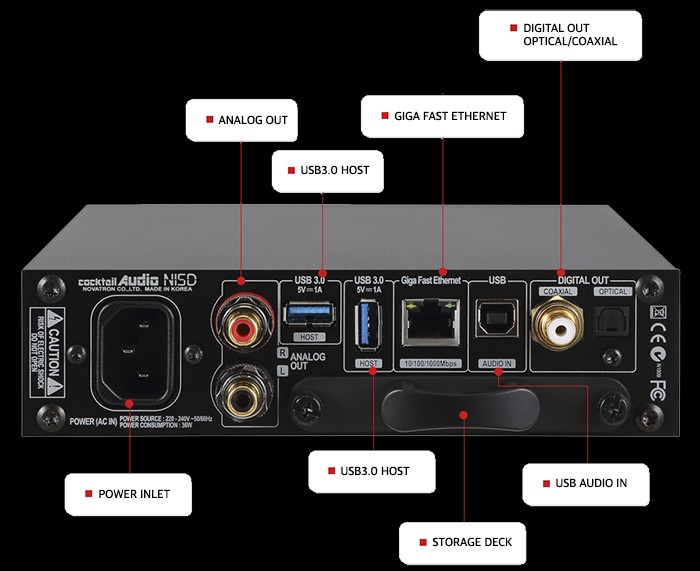
It’s another matter when you own low-sensitivity headphones, which require high levels to “swing”. In order to have the necessary headroom on the phone output on the N15D, it is better to connect a “large” system via a digital connection. And there is a double reason for this. From the digital outputs, the streamer sounds less catchy, but more accurate and less high-frequency. Moreover, in our tests, the best result was obtained along the optical line through a high-quality multicore cable, which provided the most accurate scene construction in all plans and the most neutral transmission of the bass and middle bands. But it is possible that the usual “plastic” TosLink will allow you to get closer to this result, because such a connection (if, of course, all others are absent) also guarantees a galvanic isolation,
It was in this mode that everything that was played in the test from the local network or from a connected drive was very similar to what was played along the “reference” path (laptop with audio files> USB-DAC> amplifier) bypassing “disk” and network hosts …
More info at www.cocktailaudio.com
Conclusion
For the most affordable streamer in the Cocktail lineup, the manufacturer does not provide any audio parameters, but in reality it is a very picky player – it was clearly audible on it, for example, how academic and cleaner almost all premium Hi-Res content from Qobuz sounds compared to the same standard of different quality from Spotify or Deezer. I believe that anyone who primarily values this kind of clarity and truthfulness will not upset the N15D.



